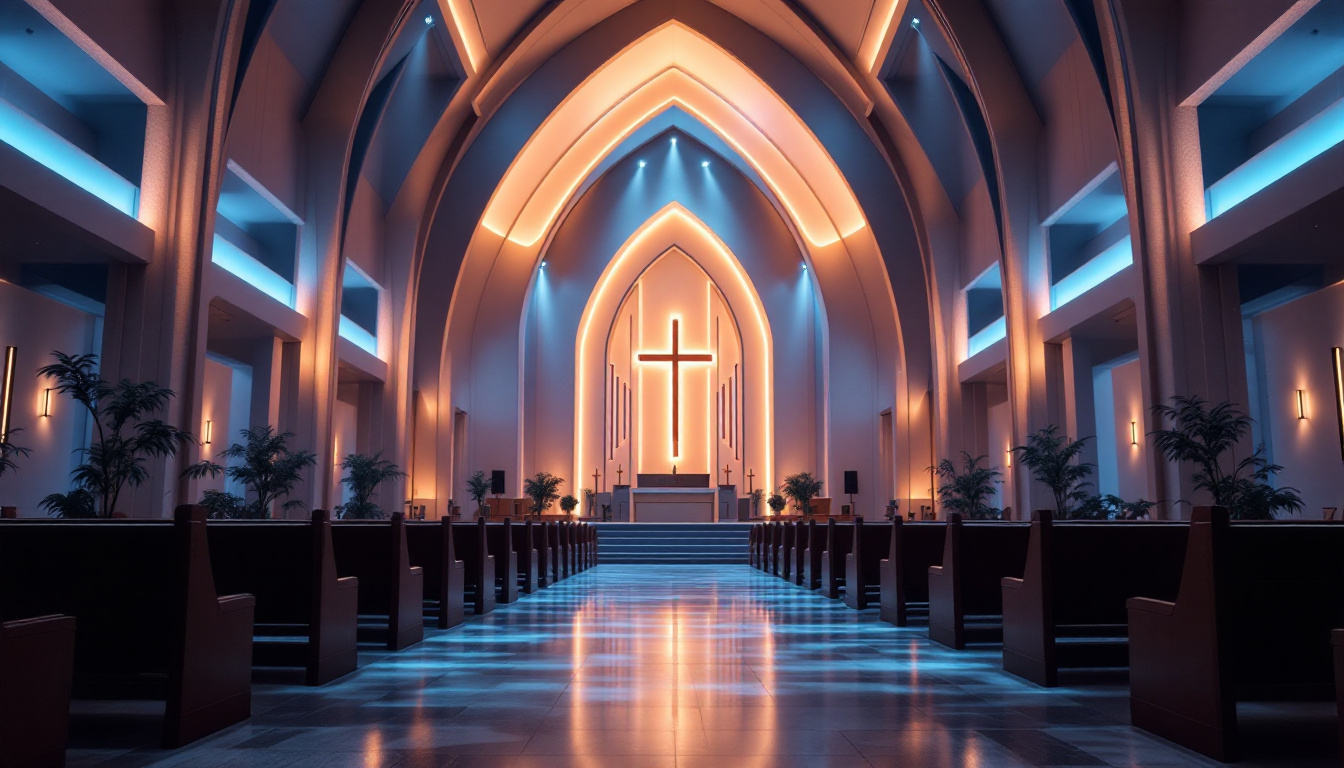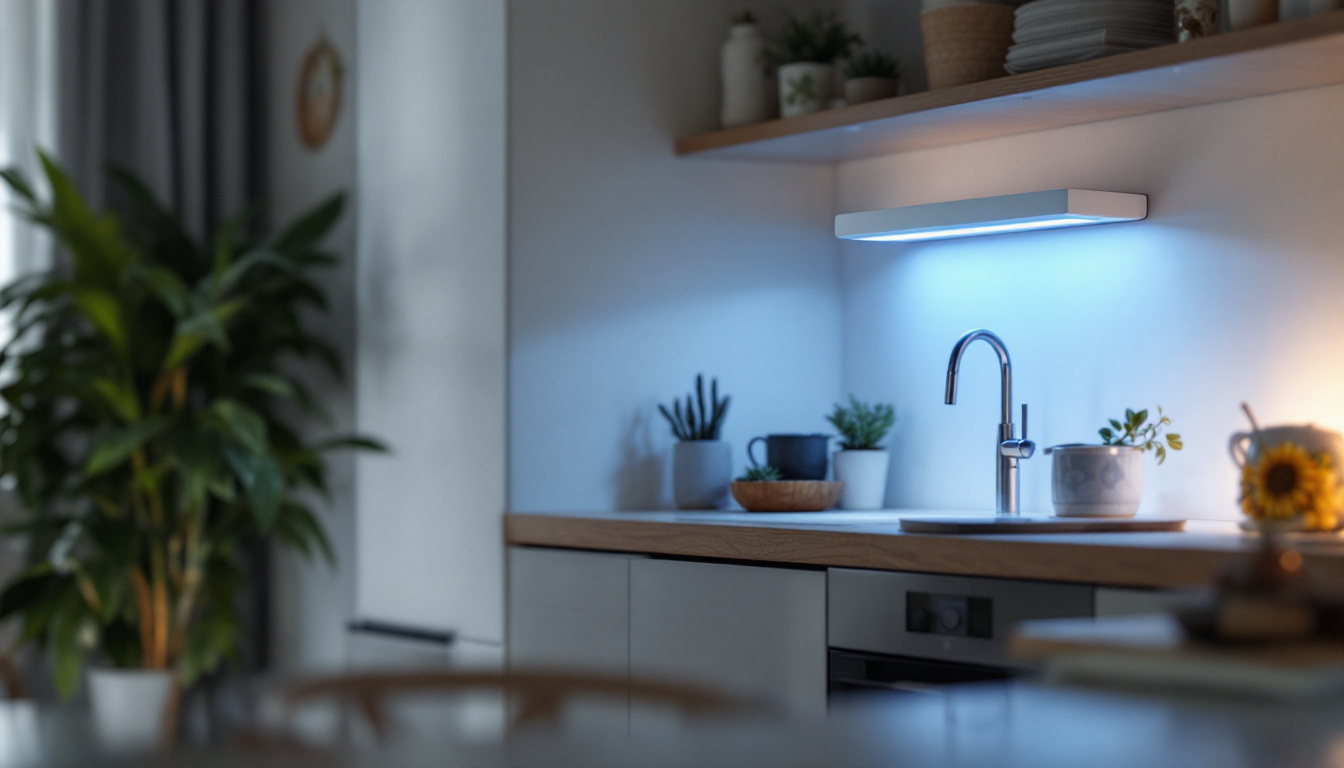
Recessed can lights, often referred to as downlights, are a popular choice for both residential and commercial spaces. Their sleek design allows for a clean aesthetic while providing effective illumination. However, to truly maximize their efficiency, it is essential for lighting contractors to understand the nuances of installation, selection, and energy management. This article delves into two key recessed can lights and offers strategies to optimize their performance.
Recessed can lights are fixtures that are installed into the ceiling, creating a streamlined look that blends seamlessly with the architecture of a room. They are available in various sizes, shapes, and styles, making them versatile for different applications. When properly selected and installed, these lights can enhance the ambiance of a space while also providing functional lighting. Their unobtrusive design allows for a clean aesthetic, making them a popular choice in modern interiors, where minimalism is often key.
In addition to their aesthetic appeal, recessed can lights can also be equipped with dimmers, allowing homeowners to adjust the brightness according to the time of day or activity. This flexibility not only enhances comfort but also contributes to energy efficiency, as lower light levels consume less power. Furthermore, with advancements in LED technology, recessed can lights can now offer longer lifespans and lower energy consumption compared to traditional incandescent bulbs, making them a sustainable choice for eco-conscious consumers.
There are several types of recessed can lights, each designed for specific purposes. The most common types include:
Additionally, there are also specialized options such as IC-rated can lights, which are designed to be in contact with insulation, ensuring safety and compliance with building codes. For outdoor applications, wet-rated recessed lights are available, allowing for installation in areas exposed to moisture, such as patios or covered porches. This variety ensures that homeowners can find the perfect lighting solution tailored to their specific needs and environments.
When selecting recessed can lights, several features should be taken into account:
Moreover, the trim style of the recessed lights can also play a significant role in the overall look and feel of the room. Trims come in various finishes, such as white, black, or metallic, and can be baffle, reflector, or adjustable styles, each offering different lighting effects and aesthetic qualities. Choosing the right trim can help to either blend the fixtures into the ceiling or make them a striking feature of the design, allowing for greater customization in any interior space.
Energy efficiency is a critical consideration in modern lighting design. Not only does it reduce operational costs, but it also minimizes environmental impact. Here are several strategies to enhance the energy efficiency of recessed can lights.
The type of bulb used in recessed can lights can greatly influence their energy efficiency. LED bulbs are the most efficient option available today.
LEDs consume significantly less energy compared to incandescent or halogen bulbs, while also offering a longer lifespan. This means fewer replacements and reduced waste, contributing to a more sustainable lighting solution.
Additionally, when selecting LED bulbs, look for those with a high Color Rendering Index (CRI) to ensure that colors appear vibrant and true to life.
Integrating dimmers and smart controls into recessed can lighting systems can lead to substantial energy savings. Dimmers allow users to adjust the brightness according to the time of day or activity, reducing energy consumption when full brightness is unnecessary.
Smart controls, such as motion sensors and timers, can further enhance efficiency by ensuring lights are only on when needed. For instance, in a commercial setting, lights can automatically turn off in unoccupied areas, optimizing energy usage throughout the day.
The placement and spacing of recessed can lights play a pivotal role in their overall efficiency. Properly spaced fixtures can provide uniform lighting, eliminating the need for additional fixtures that may lead to increased energy consumption.
A general rule of thumb is to space recessed lights about 4 to 6 feet apart, depending on the height of the ceiling and the desired brightness. Additionally, consider the function of the space: task areas may require closer spacing for adequate illumination, while ambient areas can be spaced further apart.
Proper installation is essential for maximizing the performance of recessed can lights. Following best practices can ensure that these fixtures operate efficiently and effectively.
One common issue with recessed can lights is heat loss, particularly in unconditioned spaces like attics. To prevent this, it is crucial to ensure that the can lights are properly insulated. Using IC-rated (Insulation Contact) fixtures allows for safe contact with insulation materials, reducing the risk of overheating and fire hazards.
Additionally, sealing any gaps around the fixture can prevent air leaks, contributing to better energy efficiency and comfort within the space.
Adhering to local building codes and regulations is not just a legal obligation but also a best practice for ensuring safety and efficiency. Many regions have specific requirements regarding the installation of recessed lighting, especially concerning energy efficiency standards.
Familiarizing oneself with these codes can help avoid costly mistakes and ensure that the installation meets all necessary safety guidelines.
Once the recessed can lights are installed, it is essential to test and adjust them as needed. This includes checking for any flickering or uneven lighting and making adjustments to the angle or placement of the fixtures.
Conducting a thorough inspection after installation can help identify any potential issues early on, allowing for timely corrections that enhance the overall performance of the lighting system.
Beyond functionality, design plays a significant role in the effectiveness of recessed can lights. Thoughtful design can elevate the aesthetic appeal of a space while providing optimal lighting.
Layered lighting involves combining different types of lighting—ambient, task, and accent—to create a well-lit space. Recessed can lights can serve as a key component of this strategy.
For instance, using recessed lights for ambient lighting while incorporating pendant lights for task lighting can create a dynamic and inviting atmosphere. This approach not only enhances the functionality of the space but also adds depth and interest to the overall design.
Recessed can lights can be strategically placed to highlight architectural features, such as beams, artwork, or textured walls. By directing light toward these elements, a space can be transformed, drawing attention to its unique characteristics.
Consider using adjustable recessed lights that allow for flexibility in directing the beam, enabling the lighting to adapt to various design elements within the room.
Achieving a balance between light levels is crucial in creating a comfortable and inviting environment. Overly bright or dim lighting can lead to discomfort and detract from the overall experience of the space.
Utilizing a combination of recessed can lights with other lighting sources, such as wall sconces or table lamps, can help achieve this balance. Additionally, considering the color temperature of the lights can contribute to a cohesive and harmonious lighting scheme.
Regular maintenance is essential to ensure that recessed can lights continue to function efficiently over time. Here are some tips for maintaining these fixtures.
Dust and debris can accumulate on recessed can lights, diminishing their brightness and efficiency. Regular cleaning is necessary to maintain optimal performance. Use a soft cloth or a duster to gently wipe the exterior of the fixtures and remove any buildup.
For deeper cleaning, ensure that the lights are turned off and cool before attempting to clean the interior components. Following the manufacturer’s guidelines for cleaning can help avoid damage to the fixtures.
When a bulb in a recessed can light burns out, it is essential to replace it promptly. Not only does a burnt-out bulb affect the overall lighting quality, but it can also lead to increased energy consumption as other lights may need to compensate for the loss of illumination.
Keep a stock of compatible replacement bulbs on hand to ensure that any burnt-out bulbs can be replaced quickly, maintaining the efficiency and effectiveness of the lighting system.
Conducting regular inspections of recessed can lights can help identify potential issues before they become significant problems. Check for any signs of wear, such as flickering lights or unusual noises, which may indicate that maintenance or replacement is necessary.
By staying proactive with inspections, lighting contractors can ensure that recessed can lights continue to operate at peak efficiency, providing reliable illumination for years to come.
Recessed can lights are a valuable addition to any lighting design, offering both aesthetic appeal and functional illumination. By understanding the different types of fixtures available, optimizing energy efficiency, following best installation practices, and considering design elements, lighting contractors can maximize the effectiveness of these lights.
Regular maintenance and attention to detail will further enhance the performance of recessed can lights, ensuring they remain a reliable source of lighting. By implementing these strategies, contractors can provide clients with efficient, beautiful, and sustainable lighting solutions that meet their needs.
Ready to elevate your lighting projects with the efficiency and elegance of recessed can lights? At LumenWholesale, we provide lighting contractors with the high-quality, spec-grade lighting solutions you need at prices that can’t be beaten. Our extensive selection is designed to meet the highest industry standards, ensuring you deliver reliable and high-performance lighting for every project. Plus, with free shipping on bulk orders, you can stock up on premium lighting without worrying about hidden fees or compromises. Make the smart choice for your lighting needs and experience the best value in wholesale lighting with LumenWholesale.

Discover how church light fixtures are revolutionizing the lighting industry with innovative designs and sustainable solutions.

Discover the essential guide to affordable germicidal UV lights, exploring their benefits, how they work, and tips for choosing the best options to enhance your lighting solutions safely and effectively..

Discover the ultimate guide for lighting contractors with “Light Fixture Long.” This comprehensive article delves into the latest trends, installation techniques, and energy-efficient solutions to illuminate any space with style and precision.

Discover expert insights and practical tips for lighting contractors working with Bulb T12.